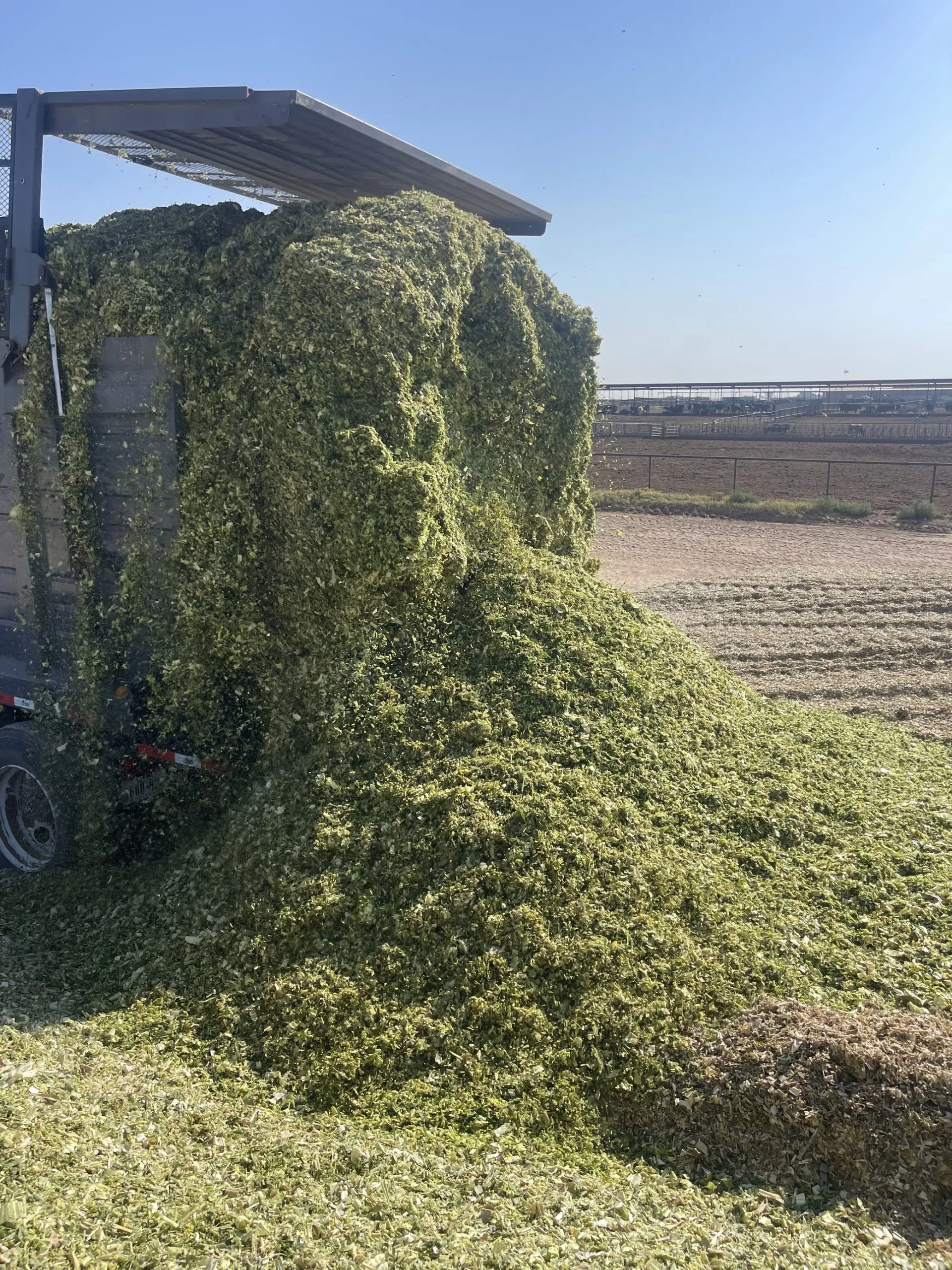Prioritize Quality When Chopping Corn Silage
Don’t waste a good growing season by chopping your silage at the wrong time. Maturity at harvest is one of the biggest indicators of a successful crop. Here are some tips on how to know when to harvest your silage for maximum nutrition.

The quality of your silage depends greatly upon the stage of maturity at harvest. High digestibility and starch are the most desired qualities at chopping time, so how do you ensure you are harvesting at the right time?
All things being equal, it is best to find a balance between these two parameters, where they are inversely related to each other. As starch production increases through plant maturity, whole-plant digestibility begins to decrease at a certain maturity tipping point. That sweet spot is where you want to be! The right time for harvesting silage is a combination of maximizing desirable nutrient content in the field and harvesting when plant moisture is optimal for efficient fermentation.
“All things” are rarely “equal” in nature, however.
Farming challenges—mostly weather-related events—will have a significant impact on crop nutrient values.
- Understanding how events such as hail, drought, flooding, or excessive heat will impact how the plant finishes, is key to determining harvest timing. This can be a bit tricky.
For example, earless corn from severe drought defies logic. Without an ear to draw plant moisture from the stalk, whole plant moisture will remain very high until the plant appears to be fully dry or burned up.
- Further, these events are very stressful for any farmer and can lead to emotional decisions being made whereby the optimal harvest window is easily missed.
- Hybrid selection is another consideration for harvest timing, not just in nutrient values, but also in how the plant will finish at the end of the season. Some hybrids will shut down quickly, while others will maintain plant health. Knowing your hybrids is beneficial to your harvest planning.
- Defining your harvest objectives, beyond just getting through it, is critical.
Whether you are after higher starch, or looking to bulk up your inventory, putting in the effort to evaluate the crop and planning harvest around the season’s conditions can be the difference between success and failure.
- Working with your harvest team and farmer partners to plan harvest around crop conditions will yield dividends to the performance of your silage and your animals.
Get in touch with our team if you have any questions left – visit our contact page here.


